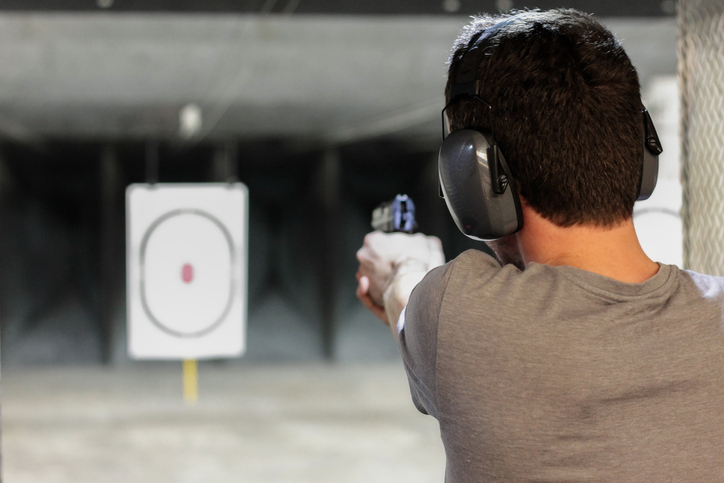Common Trigger Finger Mistakes
Aug 30th 2021

People can be easily influenced by movies, which can often mislead shooters on how much time and discipline it takes to become an accurate and efficient handgun shooter. Whether you are just starting or are a professional shooter, proper trigger finger control could save your life in a real-life tactical situation. To help improve your trigger finger control, Six Maritime has outlined six common trigger finger mistakes and how to fix them.
Want hands-on experience? Check out our training schedule and contact us today for more information or to enroll.
Jerking
Jerking the trigger at the last second is primarily a mental issue rather than a physical one. This jerking motion happens when the shooter tries to fire the shot quickly but yanks on the trigger to immediately fire the shot. This quick motion causes the fingers of the dominant hand and the wrist to move the gun’s muzzle before the bullet exits. If you are experiencing this jerking motion, we recommend practicing dry fire exercises. This is when you practice trigger control with an empty or unloaded firearm.
Flinching
A common problem, especially for those newer to firearms, is flinching. Flinching is a reaction to the loud sound and recoil, which can rattle people and cause this problem during the following rounds. For first-time shooters, we recommend starting with a lower caliber and slowly increasing it. This will help you become more accustomed to loud bangs and rattles and give you confidence in your trigger finger control.
Milking
Milking the trigger occurs when your grip fingers are contracting when you pull the trigger. The trigger finger should be the only finger that moves. This is often caused by gripping the firearm too tightly until the firearm trembles. To prevent milking the trigger, shooters have to focus on using the trigger finger independently to cut down on extra movements while maintaining a constant, consistent grip on the gun with the rest of the hand.
Heeling
When a shooter applies too much pressure on the gun’s grip with the heel of the hand just before firing, this pressure forces the front sight upwards, which pushes your shots up. Several factors come into play when fixing this trigger control error, such as sight alignment, proper grip, and a stable stance. We recommend focusing on the front sight. Try not to anticipate recoil, pushing the heel of the hand forward when the shot breaks, and try not to break your wrist upwards. Since this can be difficult to solve, we recommend working with one of our experienced shooting instructors.
Thumbing
Thumbing is when the shooter applies too much trigger finger or thumb pressure when firing the shot. The point of bullet impact is dependent on the movement of the shooter’s trigger finger, thumb, and hand when the trigger is pressed. To help prevent thumbing, we recommend practicing proper grip. For a proper grip, place your dominant hand as high on the grip as possible, which also helps reduce recoil.
Holding On Too Long
When the shooter holds the trigger for too long, it can cause less accuracy and unwanted movement. Holding for too long can cause poor breath control, meaning the shooter may not have enough air to hold their breath long enough to minimize movement. This delay could be deadly in a real-life situation, so we recommend trying to fire a shot in three seconds or less. Make sure you have the fundamentals down first before training to increase your speed.
Want to get professional trigger finger help? Six Maritime offers tactical weapon training to help hone your skills in real-time. Contact us today to start working one-on-one with a trainer.




